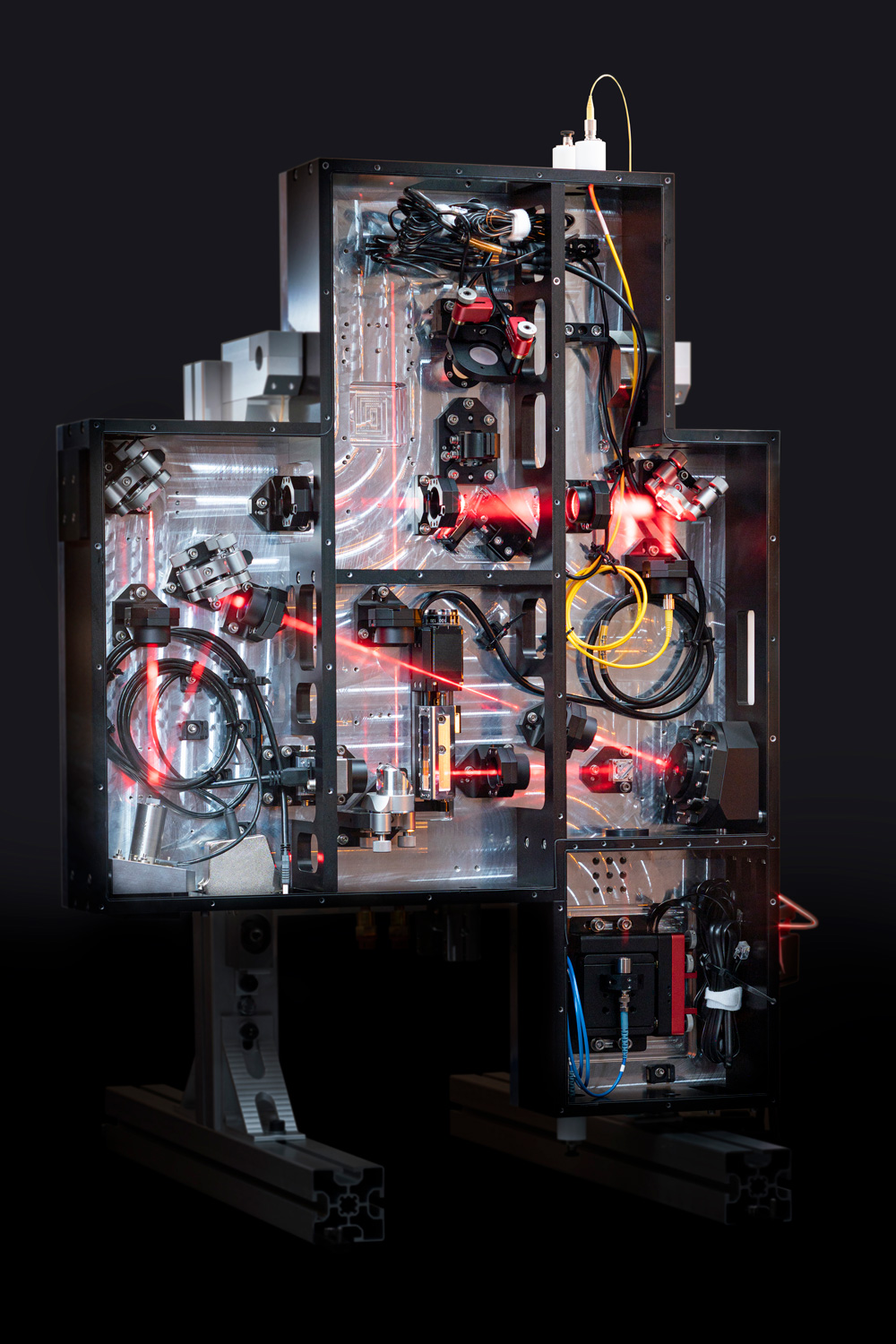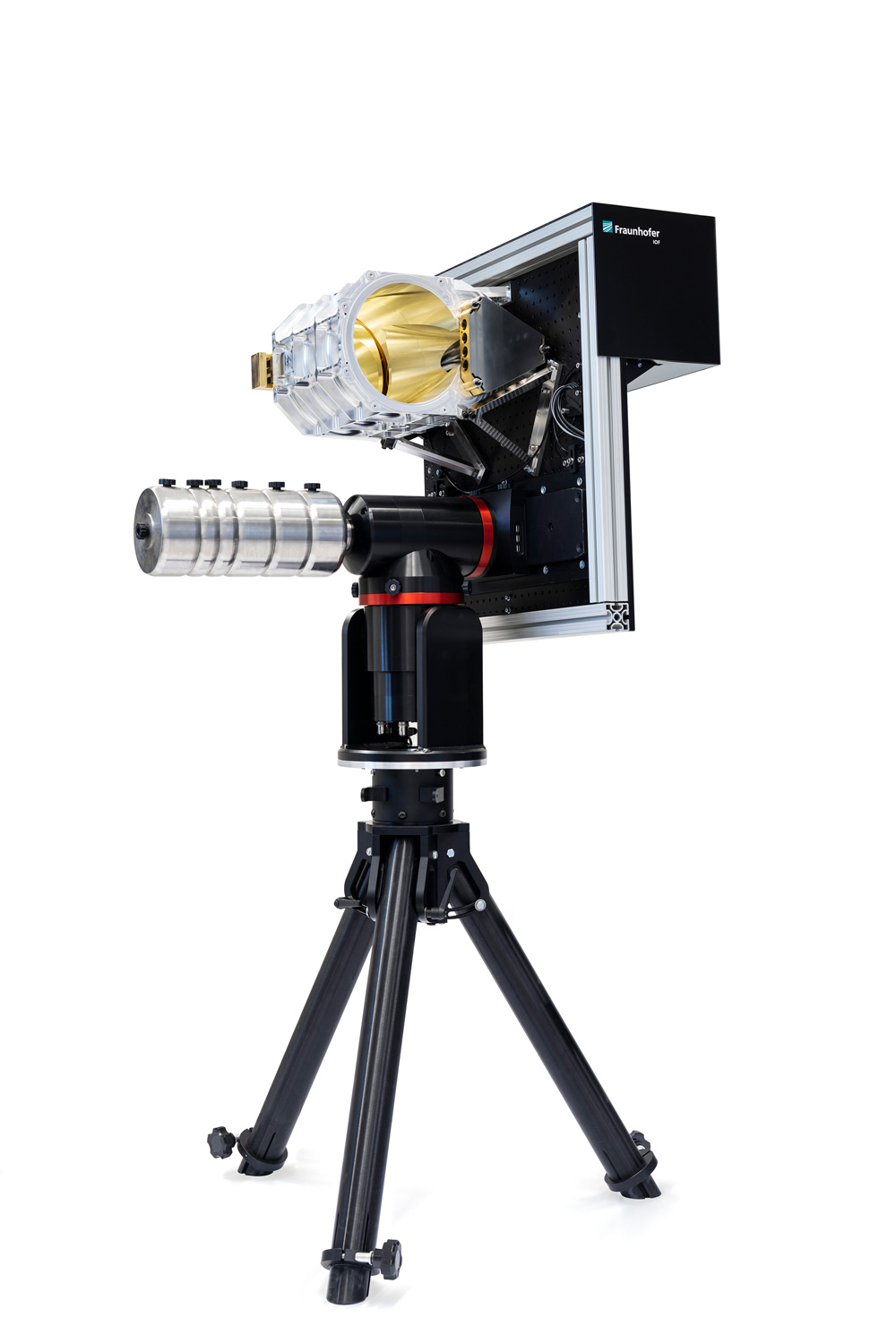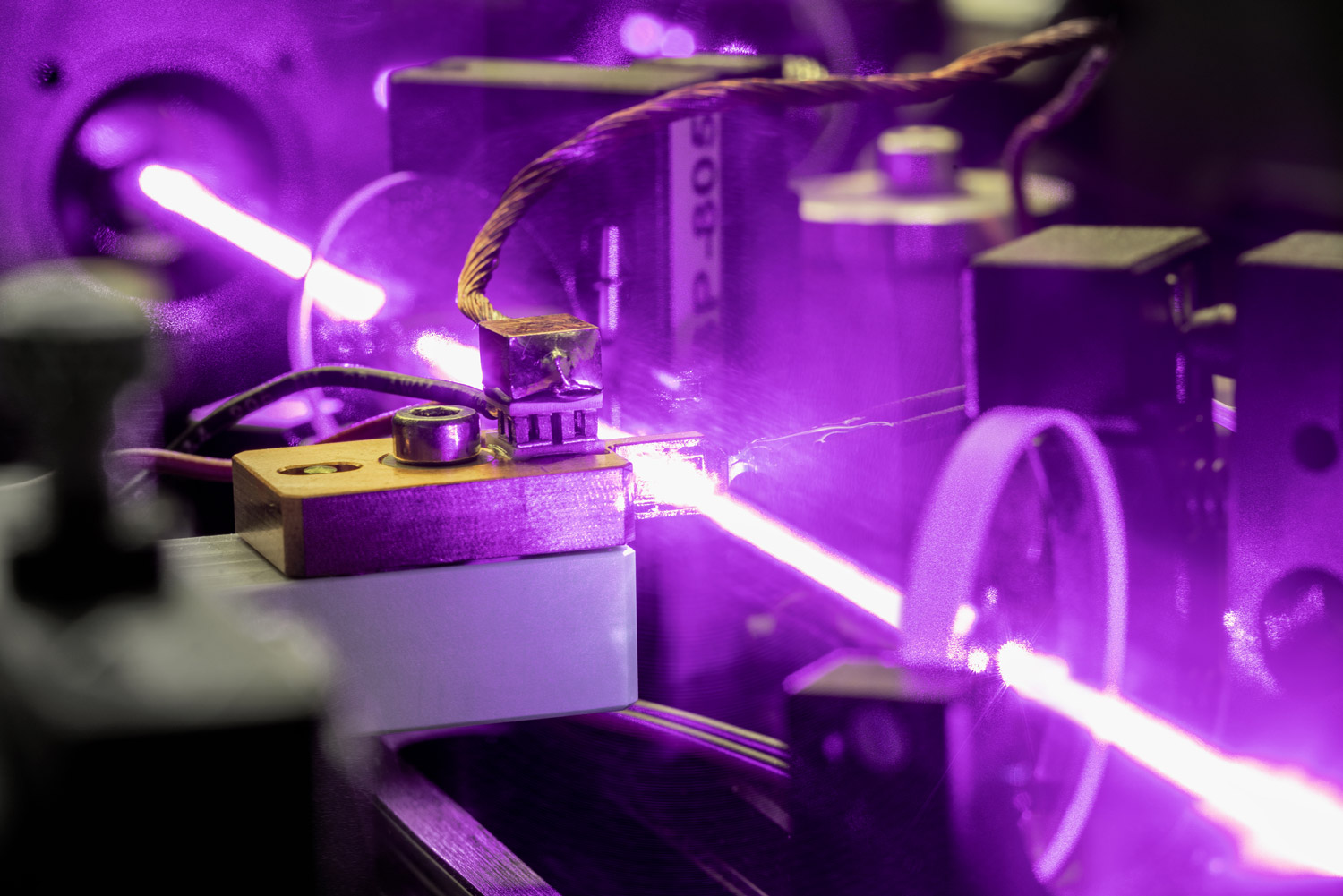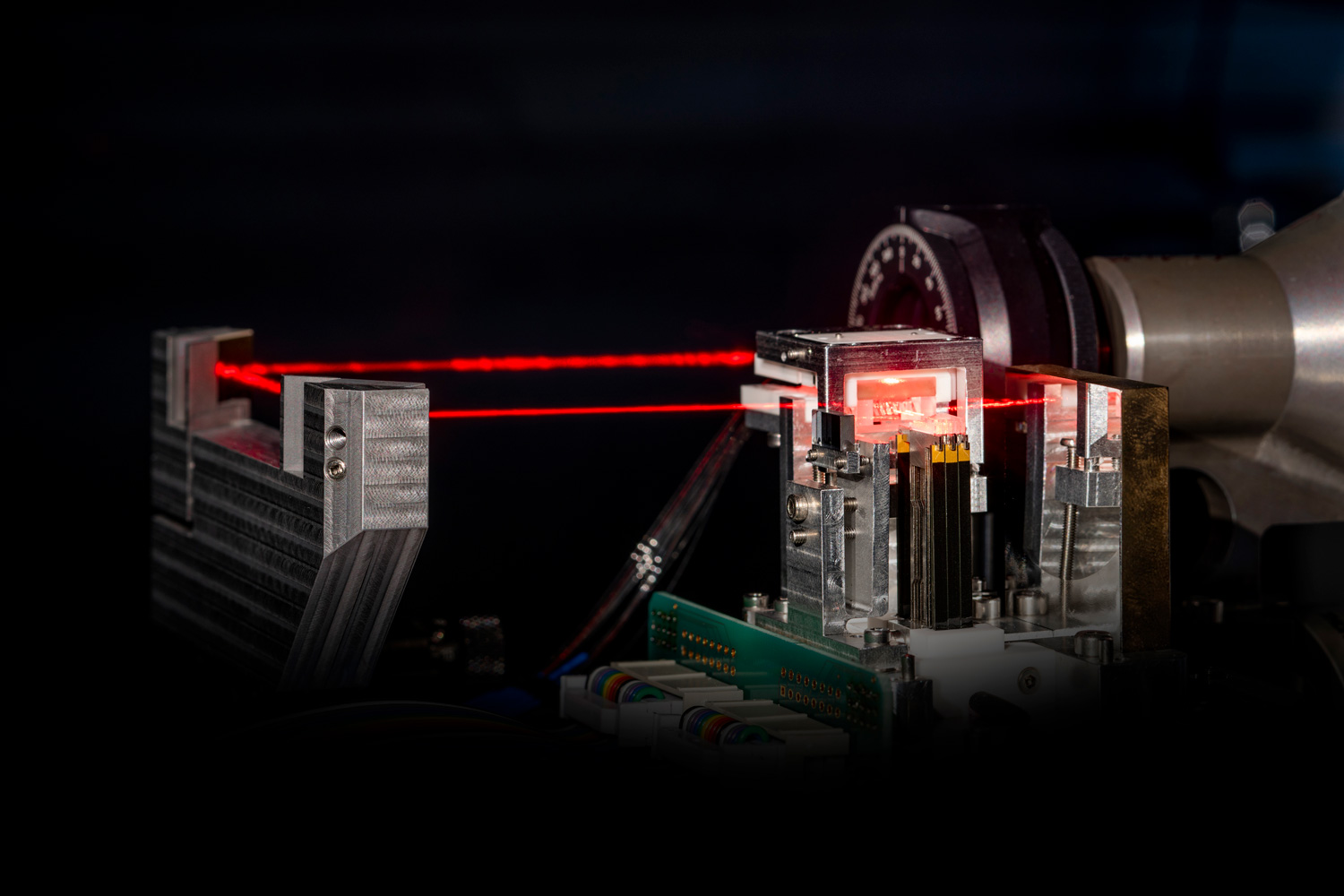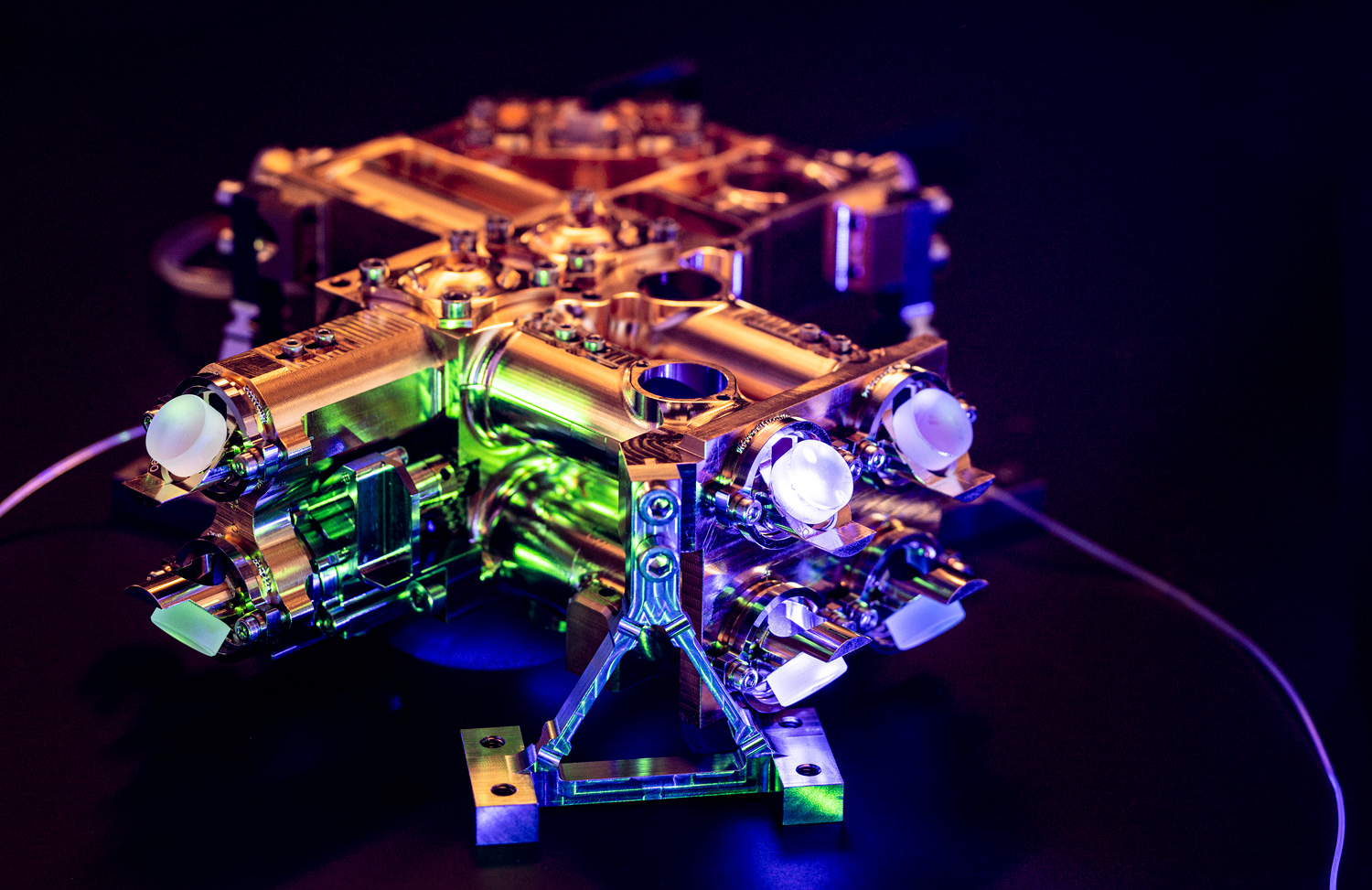HANNOVER MESSE: Fraunhofer IOF presents quantum technologies for computing, communication and imaging
Quantum technologies are growing. The Fraunhofer Institute for Applied Optics and Precision Engineering IOF will present latest technologies for the future markets of computing, communication and imaging at HANNOVER MESSE Digital Edition from April 12 to 16. Free tickets are available on request from the institute.
Under this year’s title "Industrial Transformation", the HANNOVER MESSE, as one of the leading knowledge and networking platforms, once again invites visitors to marvel at the latest technologies from the fields of industry, business and logistics. Matching to this, Fraunhofer IOF will present a comprehensive portfolio of quantum technologies. Due to their enormous growth, they will play a key role in shaping future transformation processes.
Quantum imaging endorse new possibilities in biomedicine
Quantum technologies not only allow us to rethink the world on a large scale. On the contrary: even what lies hidden in the small becomes visible through the latest quantum technologies. This is of particular benefit to biomedicine and diagnostics: An imaging system developed at Fraunhofer IOF based on "quantum light" makes it possible to spectrally separate the illumination of a sample and the detection on the camera. This means that different wavelengths can be used for the exposure of a sample and the readout on the sensor. In this way, new spectral ranges can be made accessible for analysis. At the same time, the efficiency of the detection systems can be increased and the beam load for tissue images reduced.
With quantum computers towards a new digital age
The quantum computer will trigger big changes for business and industry, but also for society. Unlike a classical computer, which can only "think" in two states, zero and one, the quantum computer makes use of quantum effects such as entangled photons. In this way, its computing units, so-called "QuBits", can assume several states at the same time. This allows significantly faster and more efficient work.
Fraunhofer IOF develops optical and precision mechanical components and systems for these next-generation computers. Among other things, laser addressing units for manipulating ions and atoms as carriers of qubits were realized at the institute last year. As part of AQTION, a project under the European Union's Quantum Flagship Program, these addressing optics will be integrated into an ion trap at the University of Innsbruck, in which up to 50 ions will be arranged as qubit information carriers in a later expansion stage.
Quantum communication for security and data sovereignty
Quantum computers will also make it necessary to rethink current communication systems. Already today, these new computers threaten our information technology security because of their enormous computing power. Data can now be stored and later be encrypted with the help of more powerful computers. Therefore, new encryption technologies are needed to protect business secrets from these so-called "store now, decrypt later" attacks.
One such new technology is the "quantum key distribution" (QKD). Researching QKD is the main objective of "QuNET", a research initiative of the German Federal Ministry of Research, Technology and Space (BMFTR; formerly German Federal Ministry of Education and Research (BMBF)). Within this project, Fraunhofer IOF is, together with other research partners, creating the basis for secure and robust IT networks based on quantum technologies. Researchers from the institute will also be providing information about "QuNET" at the BMFTR's stand at the HANNOVER MESSE.
A key technical component for state-of-the-art quantum communication is a stable source for generating entangled photon pairs that can be easily integrated into existing systems. An "Entangled Photon Source" (EPS) has been developed at Fraunhofer IOF in recent years. It is designed for use in space and allows secure quantum communication via satellite network. The light source presented at the HANNOVER MESSE is representative of a series of highly specialized quantum sources adapted to the requirements of various application scenarios. They are being developed as part of the newly established network at Fraunhofer IOF for applied photonic quantum technologies.
Quantum key exchange by means of free beam and adaptive optics
To be universally applicable, scientific teams are working within the framework of "QuNET" to realize quantum communication over different distances. In Jena, optical free-beam systems are being researched for this purpose. A special telescope platform is currently being tested, which allows a free-beam link to be established between two communication partners in a short time. The core of the system is an efficient metal mirror telescope in combination with active beam stabilization. This makes it possible to establish links within cities with distances of several hundred meters or several kilometers.
In addition, free-beam systems must be able to traverse the turbulent atmosphere without causing interference to the signal. Such disturbances can be corrected by adaptive optics. Researchers at Fraunhofer IOF have developed adaptive optical modules - also known as "AO boxes" - for this purpose. An AO box, which can be used in an optical ground station or telescope, corrects turbulence-induced wavefront errors or compensates them preventively. The signal can then be measured or transmitted to a fiber network.
